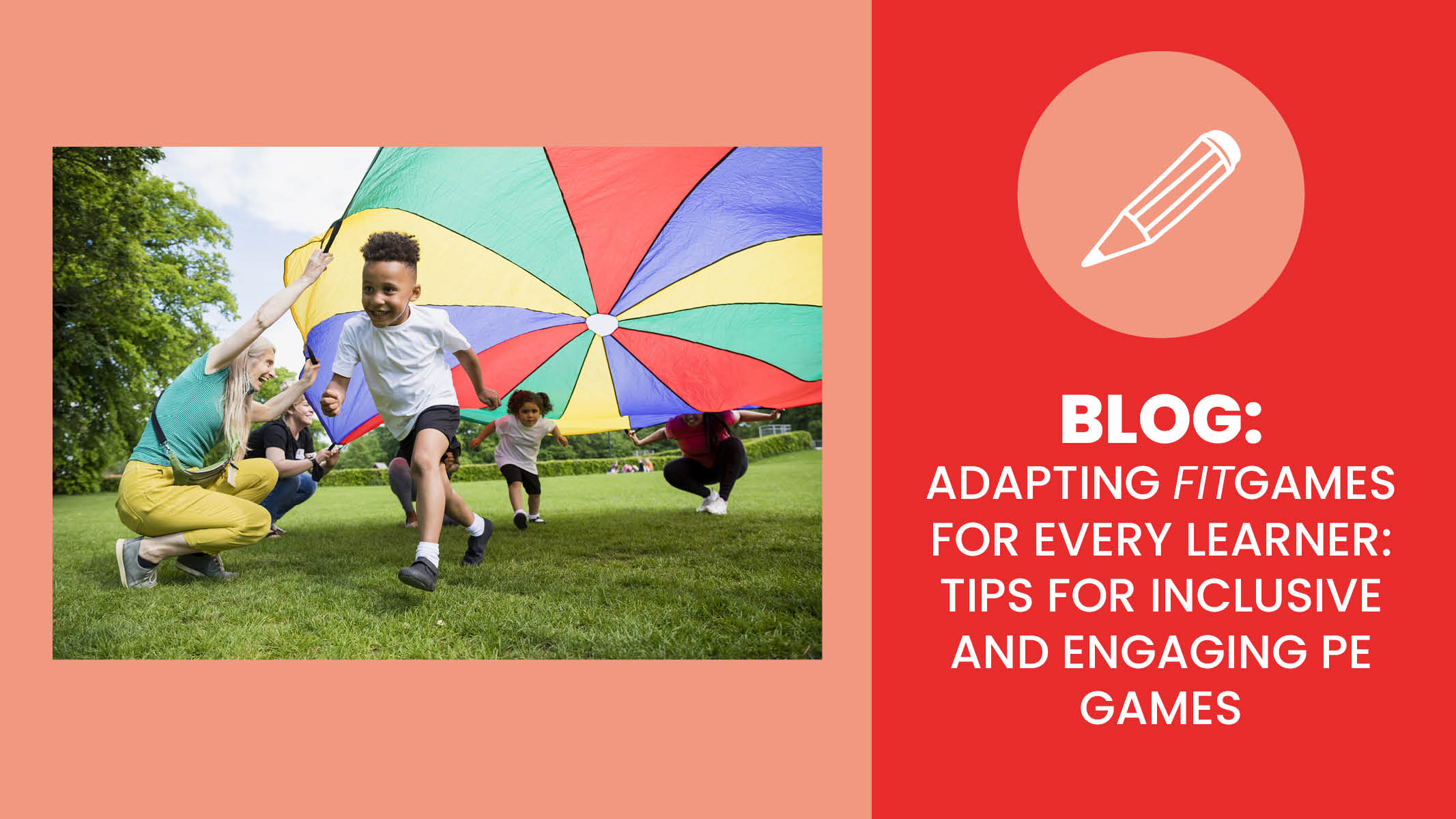Teaching kids how to handle conflicts effectively is important as they interact more with their friends and find themselves in different social situations. Conflicts are a natural part of life, and learning to manage them constructively sets the foundation for healthy relationships and emotional well-being. “As caregivers we often want to shield or hide our children from uncomfortable experiences, yet conflict is simply a part of life. Rather than trying to dodge it, addressing it and teaching your child to navigate it intentionally provides amazing skills that span a lifetime.” says Brittney Nathan, Lead Program Development Specialist at Sanford fit.
In this blog, we’ll share practical tips to help you model and instill conflict resolution skills in your children, fostering their ability to resolve disagreements with confidence and respect.
Why Healthy Conflict Resolution Matters:
Learning effective conflict resolution is essential for children’s social and emotional development. Here’s how it helps:
- Improve Communication Skills: Encourages clear and respectful expression of thoughts and feelings.
- Strengthen Relationships: Teaches understanding and respect for others’ perspectives.
- Boost Confidence: Helps children handle disagreements without fear.
- Prevent Negative Behavior: Reduces the likelihood of resorting to aggressive or passive actions.
Tips for Modeling Healthy Conflict Resolution:
- Show Active Listening
Demonstrate active listening by giving your child your full attention when they speak. Use phrases like, “I hear you” and “I understand how you feel.” This shows them the importance of listening to others and validates their emotions. - Stay Calm
Maintain a calm and composed attitude during conflicts. Show your child how to manage emotions without yelling or getting upset. Demonstrating calmness sets a positive example for your child and helps them learn to handle disagreements peacefully. Use our Keep Cool Cards to help your child navigate big feelings in a healthy way. - Use “I” Statements
Teach your child to use “I” statements to express their feelings without blaming others. For example, say, “I feel sad when I can’t play with the toy” rather than “You always take the toy.” This approach reduces defensiveness and fosters better communication. - Encourage Problem-Solving
Guide your child in finding solutions to conflicts. According to Nathan, it’s important to ask questions like, “How does this make you feel?”, “It’s okay to feel that way, I also feel ___.”, “Let’s think together about what we can do to make this better.” and brainstorm solutions together. This helps them develop critical thinking and problem-solving skills. - Teach Empathy
Help your child understand and empathize with others. Role-playing different scenarios can be a fun way to teach empathy. Ask questions like, “How would you feel if you were in their position?” Empathy promotes respect and better interactions. Explore our recommended books to read with your children to encourage empathy, friendship and more. - Set Clear Expectations
Establish family rules for handling conflicts, such as no hitting or name-calling. Consistently enforce these rules and explain their importance. Clear expectations help children understand appropriate behavior and consequences. - Offer Positive Reinforcement
Praise your child when they handle conflicts well. Positive reinforcement encourages them to continue using healthy conflict resolution strategies. Simple affirmations like, “I’m proud of how you solved that problem” boost their confidence.
Fun Activities to Practice Conflict Resolution:
- Family Meetings: Use family meetings to discuss any issues or conflicts in a safe environment. This allows everyone to share their concerns and work together on solutions.
- Conflict Resolution Games: Engage in games that involve negotiation and teamwork. Board games that require strategy can teach kids how to handle conflicts constructively.
- Role-Playing: Practice different conflict scenarios with your child. Switching roles helps them explore various perspectives and solutions.
Modeling healthy conflict resolution is about more than just teaching children how to handle disagreements; it’s about helping them develop essential life skills for effective communication and relationship-building. By demonstrating these tips, you support your child in becoming a confident and respectful individual.
Incorporate these strategies into your daily interactions, and you'll help your child navigate conflicts with ease, building stronger relationships and creating a calmer environment at home.
Ready for more? You might also like:
How to Talk to Kids About Diversity and Celebrate Differences
Managing Emotions for Kids: Printable Poster
Healthy Choices: A Self-Reflection Printable for Kids

